By Mother Martha
Every year Forbes Magazine and Bloomberg Billionaires Index publish lists of the 50 richest people in the world. This year Elon Musk was leading the lists with $195 billion, followed by the French chairman and CEO of luxury-items LVMH, Bernard Arnault, with $153.8 billion; Indian coal and transport tycoon Gautam Adani with $129 billion; Bill Gates with $107 billion; and Warren Buffet with $101 billion.
Arnault is the richest European, followed by a French woman, Françoise Bettencourt Meyers, with $66.9 billion, the richest woman in the world as the l’Oréal heiress (she pledged to give $226 million to repair Nôtre Dame Cathedral in Paris). Spaniard Amancio Ortega, the founder of Zara, comes in third with $54 billion, followed by Frenchman Rodolphe Saadé and his family, owners of CMA-CGM, the world’s largest shipping company, based in Marseilles, with $41 billion.
In fifth place in Europe is Giovanni Ferrero, the CEO of his family’s namesake company, which makes Nutella, Tic Tacs, Butterfingers and Mon Cheri cherry-filled chocolates, as well as namesake chocolates filled with chopped nuts, with $38.8 billion, a $3 billion increase over last year.
Ferrero is the richest Italian, trailed by Giorgio Armani with $7.8 billion, and three-time Prime Minister of Italy and media mogul Silvio Berlusconi, with $7.1 billion.
The scoop here is not all these Scrooge McDuck statistics, but the fact that in 2022 Ferrero overtook Facebook founder Mark Zuckerberg ($35.1 billion), putting Ferrero in 25th place and Zuckerberg in 28th worldwide — the first time a sweets company(!) has surpassed Silicon Valley technology.
Giovanni Ferrero, born in Milan in 1964, has been the CEO of Ferrero since his older brother Pietro’s 2011 premature death from a heart attack during a bicycle race in South Africa. His grandfather Pietro, a baker in Alba, a small city in Piedmont, founded Ferrero in 1946. The company’s chief product is the ever-popular Nutella, a worldwide success story.
In 1946, a year after the end of World War II, when chocolate was scarce in Italy, Pietro Ferrero created 300 kilos of small bread-loaf-shaped blocks of hazelnuts, abundant in Piedmont, and sugar with a small amount of cocoa. When sliced, they were soft enough to be spread on bread. He named his creation Giandujot, after the character Gianduia of Piedmont’s Commedia dell’arte. In 1951, with more cocoa available, Pietro created a more spreadable version he called Supercrema.
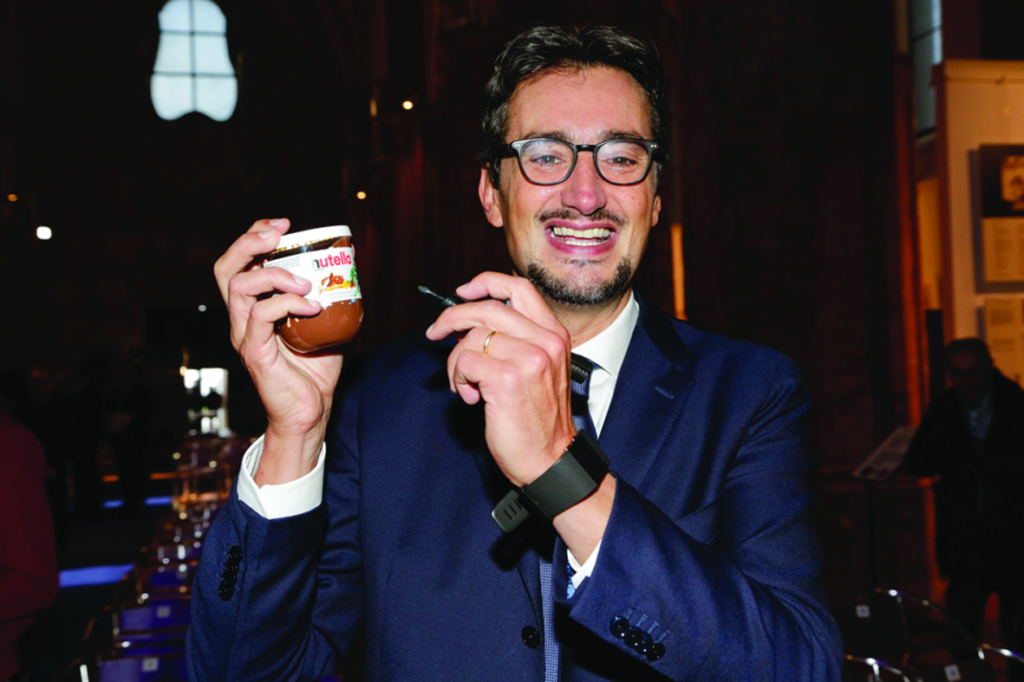
Italian Nutella producer Giovanni Ferrero
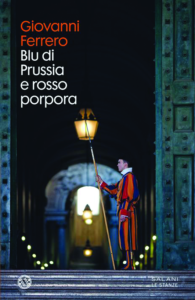
Ferrero’s latest book, a thriller, set in Rome and the Vatican
Nutella, more or less as we know it today, dates to 1963 when Pietro’s son, Michele, hoping to commercialize the product throughout Europe, made an even creamier Supercrema and changed its name to Nutella, an Italianized “little nut.” In Italy, its ingredients were and still are: sugar and palm oil (50%), hazelnuts (13%), powdered skimmed milk (8.7%), low fat cocoa (7.4%), soy lecithin, and vanilla. In Anglo-Saxon countries the palm oil is replaced by soy oil. According to www.nutella.it, every 100 grams counts 544 calories, 6 grams of protein, 57.6 grams of carbohydrates (of which 56.8 grams are sugar), and 31.6 grams of fat, 11 of which are saturated.
The first glass jar with 250ml of Nutella left Michele’s new factory outside Alba on April 20, 1964. It was an immediate success in Italy and Germany and in 1965 also in France. Other important Nutella facts are: The French have always eaten the most Nutella. Although exports to the US began in the 1980s, Nutella didn’t become popular for another decade. In 2007, an American fan initiated World Nutella Day, celebrated since then on February 5.
In 2012, a group of American mothers sued Ferrero for its advertisements saying Nutella was a healthy breakfast food; the case was settled out of court for 3 million US dollars. In 2013, thieves in Bad Hersfeld, Germany, stole 20,000 euros’ worth of Nutella. In 2014 Italy issued a Nutella-themed stamp, and since October 2022, Ferrero has dedicated its jars to events which took place in each of its 59 years of production. For examples, 1964 to the company’s birth; 1969 to the first landing on the moon; 1971 to the first e-mails; 1981 to erasable pens; 1991 to the worldwide web; 2007 to smartphones; and 2022 to post-Covid live concerts.
Today some 350 tons of Nutella are sold in 75 countries every year, a jar every 2.5 seconds. Although Ferrero International SA, the company that produces the spread, is headquartered in Italy, there are 10 Nutella factories worldwide: in Los Cardales, Argentina; Lithgow, Australia; Poços de Caldes, Brazil; Brantford, Canada; Villers-Écalles, France; Alba and Sant’Angelo dei Lombardi, Italy; Stadtallendorf, Germany; Belsk, Poland; and Vladimir, Russia (now closed).
Turkey supplies most of Nutella’s hazelnuts; its cocoa comes from Nigeria; its palm oil from Malaysia; its sugar mainly from Brazil, but also from Europe; its vanilla flavor from China, and its glass jars from Poland.
The world’s second-largest confectionery company after Mars, most Ferrero products are sold online, as are Giovanni’s seven novels. The most recent (2021), Blu di Prussia e rosso di porpora, a thriller, is set in Rome and the Vatican.

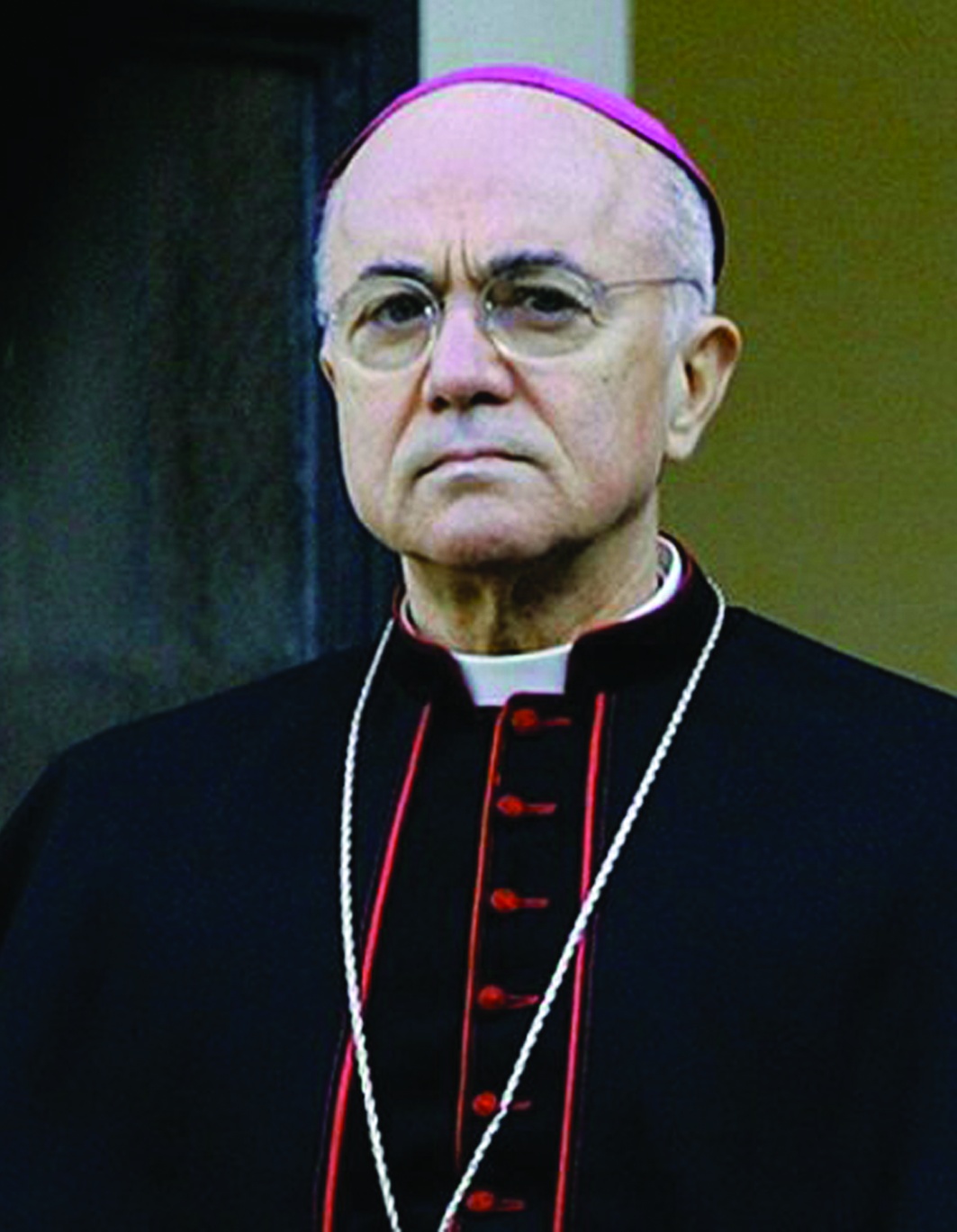
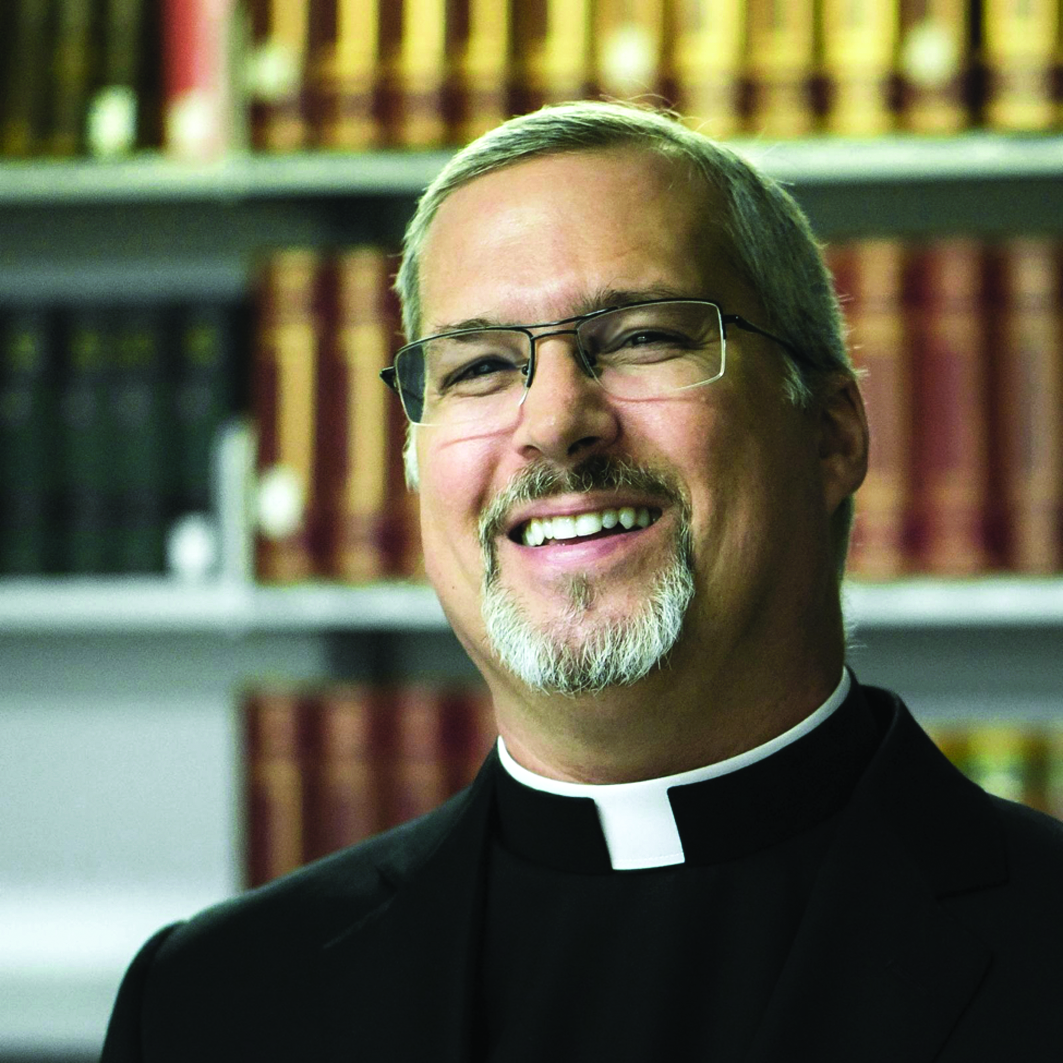

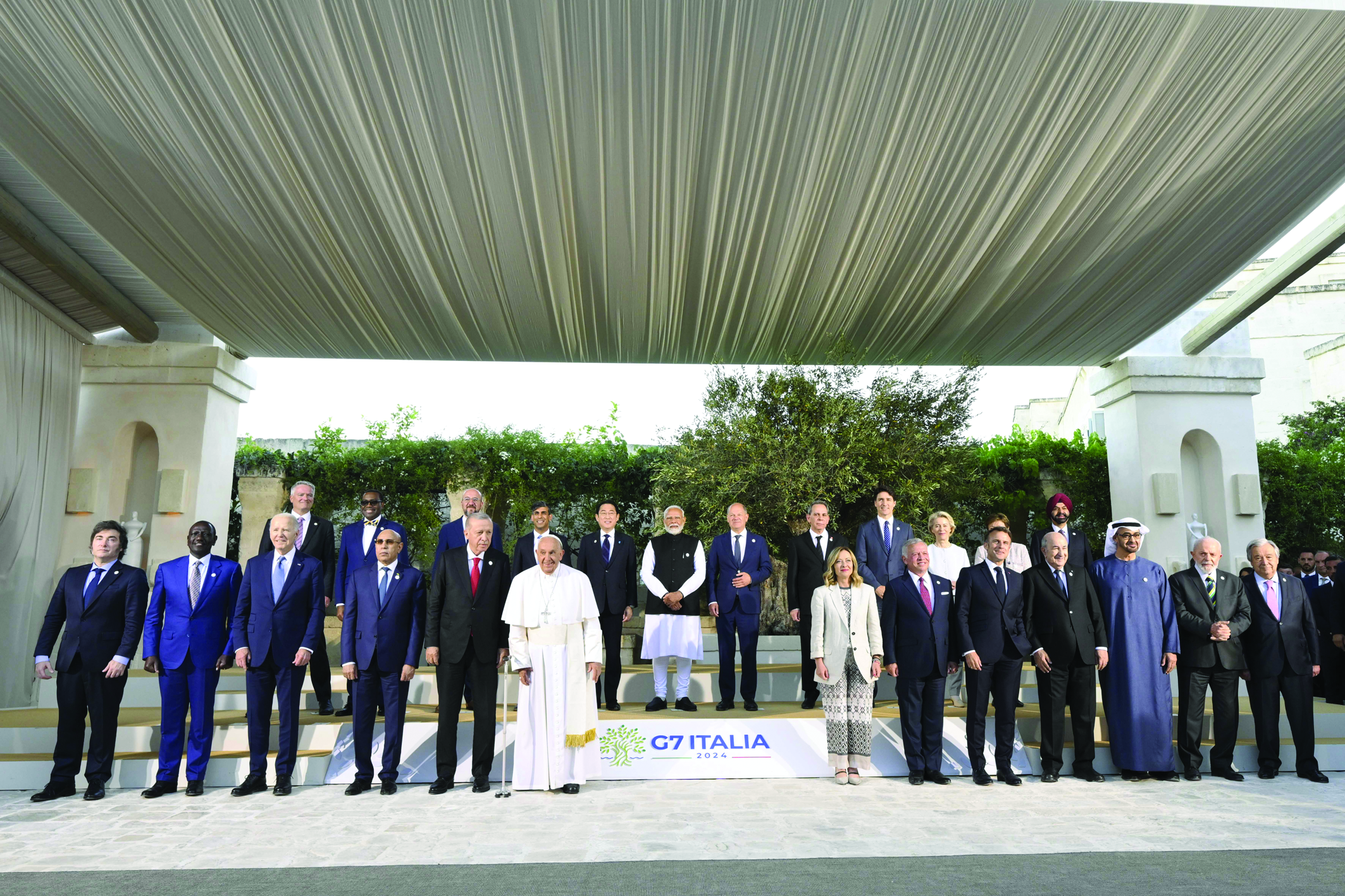
Facebook Comments